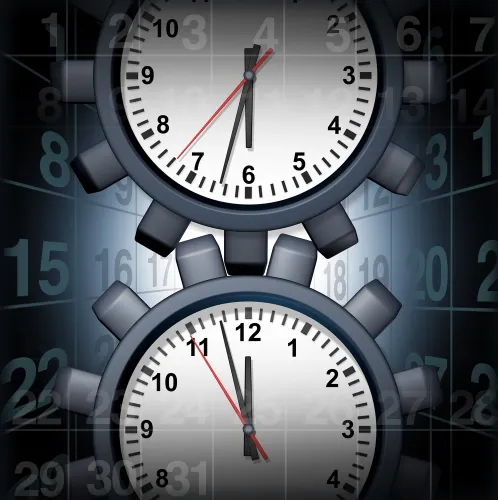Modifier 22 Success Relies on Your Skills to Uncover Note Details

Detailed notes will help support added work and bring in the accurate pay.
In order to reap the benefits from using modifier 22, you need to dig deep into your provider’s operative notes. Unless you can really show your provider deserves the extra payment, your modifier 22 claims won’t stand a chance.
This case study, provided by Melanie Witt, RN, CPC, MA, an independent ob-gyn coding expert based out of Guadalupita, N.M., illustrates the challenges that can go with coding adhesiolysis, and how you can determine whether adding modifier 22 (Increased procedural services) is your best bet. Look at the sample note so that you can teach your surgeon how to better document all his work, and you can ask for extra pay when he deserves it.
Consider This Ob/Gyn Case
Scenario: Your surgeon performs a hysterectomy 58150 (Total abdominal hysterectomy [corpus and cervix], with or without removal of tube[s], with or without removal of ovary[s]) due to the presence of large intramural fibroids, but is unable to find any connections to sever because there is extensive adhesive disease. She can find no landmarks so she spends two hours just freeing up the surgical field.
Modifier support: The presence of adhesions made the primary procedure unusual and more difficult in this clinical situation. In order to communicate the difficulty to your payer, you want to attach modifier 22 to the primary surgery code. Don’t just assume you can. The operative note has to support the need for the modifier by detailing what complication(s) were involved, how were they resolved, and how long the primary surgery took.
Examine the Note for Detail 22 Needs
Coding challenge: Before you can use modifier 22 for this clinical scenario, the surgeon has to justify that the adhesiolysis represented significant work. With the example Witt presented, the surgeon has to make a case that the adhesiolysis was extensive, that the adhesions were dense, anatomy distorting or vascular, and that it took considerable time to remove them.
Operative note example: Review this sample note that justifies using modifier 22 to pinpoint what you should look for in your provider’s documentation: “Upon entering the abdominal cavity, the left adnexal structures are densely adherent to a segment of sigmoid colon making evaluation of the left posterior cul-de-sac difficult. There were also dense adhesions in the right posterior cul-de-sac that made it difficult to identify the cardinal or uterosacral ligaments. Nearly two hours were required to remove the dense adhesions so that there was an adequate visual of the surgical field. Using scissors, I performed sharp dissection of the tubal and ovarian adhesions to sigmoid colon. Hemostasis was carefully maintained with minimal bipolar cautery used, none on bowel. I entered the bowel serosa in several places, exposing muscularis. I closed the defects with interrupted sutures placed in a vertical direction. After freeing the tube and ovary frombowel, I performed cautious adhesiolysis to free the ovary from the left posterior broad ligament, and then began removing adhesions from the cul-de-sac until there was a visual of the ligaments. After the removal of the majority of the dense adhesions, I proceeded with the hysterectomy by first clamping and cutting the round ligaments.”
Code it: If you see this sort of documentation, clearly indicating the extra time and effort spent on the procedure, you can use modifier 22. You will report 58150-22, linked to 218.1 (Intramural leiomyoma of uterus) to establish medical need for the hysterectomy and 614.6 (Pelvic peritoneal adhesions, female [postoperative] [postinfection]) to support the reason for attaching modifier 22.
Provide More Details for Some Payers
Medicare and some other payers require additional forms and documentation before they’ll reimburse you for a claim with modifier 22.
Example: WPS Medicare requires two documents from the surgeon before it will consider paying more for a procedure. For modifier 22 claims, you’ll need to provide WPS with the following:
Note: WPS Medicare warns your surgeon not to be too general or vague such as saying the “patient is obese.” The details should indicate how the obesity of the patient complicates the procedure.
Resource: Refer to www.wpsmedicare.com/j5macpartb/forms/claims/_files/mod22-documentation.pdf for the WPS Modifier 22 Documentation Form.




